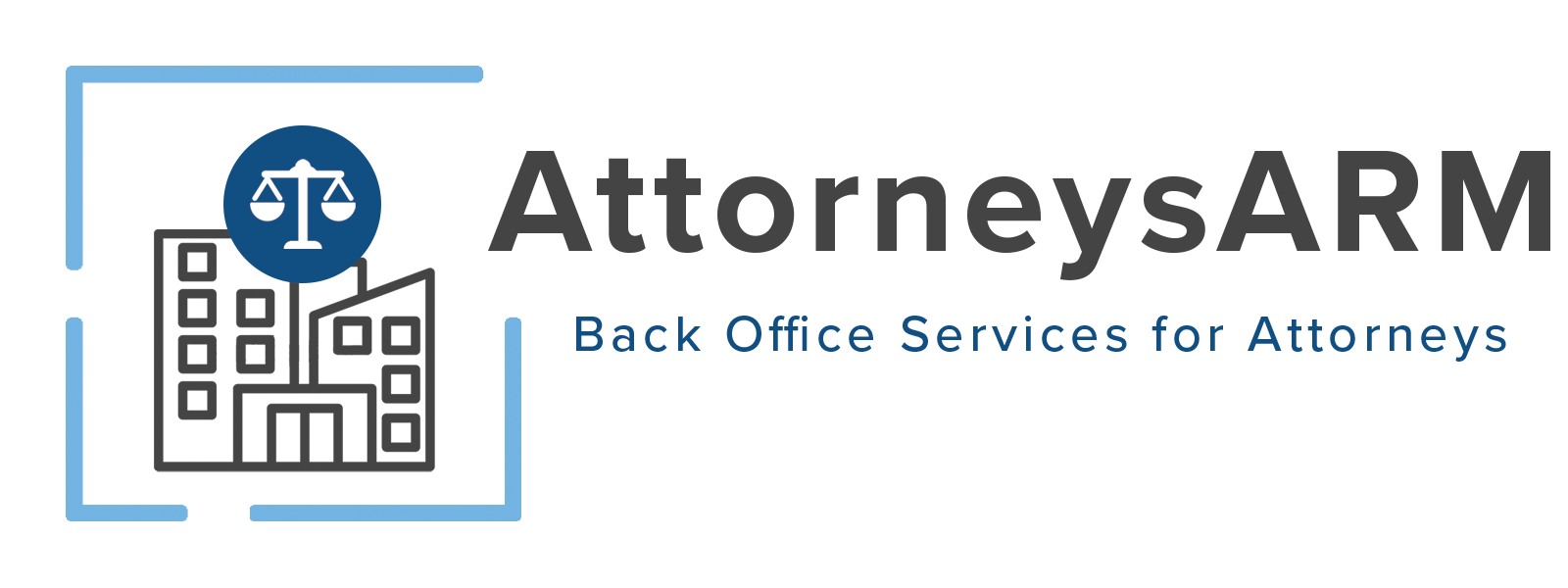Submitting claims to an insurance provider can become a nightmare and a hassle. Each insurance company has its own set of rules and paperwork that they require to be submitted with a claim for benefits. Many procedures require preapproval before your practice can begin treatment. In some cases, an initial screening is required before an approval can be obtained. It can take time. Time is money.
Only a percentage of claims submitted are processed and paid the first time they are filed. The remaining claims may take several attempts to get a response. Often the reasons can be related to improper paperwork or lack of desired information. The change from ICD-9 to ICD-10 codes and the current climate of changes in the insurance industry play large factors in getting paid. It is important to check your back office processes to ensure that your billing system is efficient.
Here are ten ways to improve your medical office processes:
#1 – File Claims Daily
It is important to file claims as soon as you can. Implementing a daily claims filing plan can help your entire back office because it keeps your office on top of this very important component. It can become overwhelming to submit the bulk of your claims once or even twice a week. Daily submissions allow your team to delegate time and attention to ensuring the claims are properly submitted. It helps reduce any errors that may occur.
#2 – Electronic Billing
Using an electronic billing system will create a more organized work environment. Claims and accounts are much easier to handle. Some systems allow you to set alerts for deadlines. It also frees up your office from the clutter of paperwork and charts. Your back office staff can see the document, when they sent it, and where they sent it with ease.
#3 – Check Open Claims Monthly
This can be done either manually or utilizing a computer-based system. Routinely check claims that are still open once a month. This allows your staff to check on the status, resubmit, or contact the insurance company for payment.
#4 – Call on Unpaid Claims Within 60 Days
A single phone call can save your company a lot of time and headache. Continually submitting the same claim over and over again is taxing and can be inefficient. It may prove pointless if there is an error or the patient’s insurance information. Each claim will be denied as duplicates creating an endless web. A phone call can resolve any issues that may keep the claim from being processed and paid. The claim may have never reached the right person. Asking the Customer Service Rep for their direct line and fax number, should you have to submit corrected forms, will help you to resolve the situation faster.
#5 – Always Document the Details
Any correspondence –email or phone call – should be documented. The most important details are the Customer Service Representative’s name, phone number, date, and time of day called. Subsequently, write down any notes from the conversation you had on the phone. If it is e-mail, forward it to your manager and keep a copy in a designated folder for reference. It’s important information to have if you ever have to file an appeal on a claim.
#6 – Bill Secondary Insurance
Not all patients have a secondary insurance policy. Many patients, including those with Medicare, have a secondary insurance that will pick up the remainder of what their primary does not pay. If the patient’s primary pays 80% of the claim, then in most cases the secondary insurance pays the remaining 20% of the claim. If a claim is still in the system after 90 days, it may not have crossed over properly. You will need to submit a hard copy with an explanation of benefits attached.
#7 – Collect Co-payments
Save money by collecting the co-payment when the patient is in the office at the time of service. It costs your practice money to send out a billing statement to the patient for a small amount of money to be paid.
#8 – Update Insurance Coverage Information
Your patient’s information may change between visits. Many insurance companies have websites that allows your staff to check a patient’s insurance eligibility. It gives the basic information of how much deductible may be left, the co-insurance percentage, and the co-payment amount. Set up a time frame to regularly check a patient’s current status. If a patient has changed their coverage, get a copy of their new card – front and back. It may take a few minutes to check, but it can save you 90 days of claim submission woes.
#9 – Know the Benefits for Each Insurance Carrier
Knowing is half the battle. Make sure you are getting paid. Pay attention to everything down to coding, denials, preapprovals, and investigate anything that may delay your claim being paid.
#10 – Assign One Staff Member
Assign one member of your staff who is well trained and versed on medical claims billing. It can free up a lot of confusion with having one person handling filing claims. They should attend any webinars, training sessions, and provider meetings available to learn all the changes that can go into effect.
Expert Assistance to Help Your Business
If you or your business is experiencing the stress, over exertion of resources, or negative effects caused by past due accounts, you qualify for a free process review. Find out how your business can get expert assistance to help you with your first party collections. Clients ARM account managers have a minimum of 15 years of experience. We know the law and know how to help you get the money you are owed.
Clients ARM also provides electronic filing of health insurance claims. Ask how your office can get started using this service.




